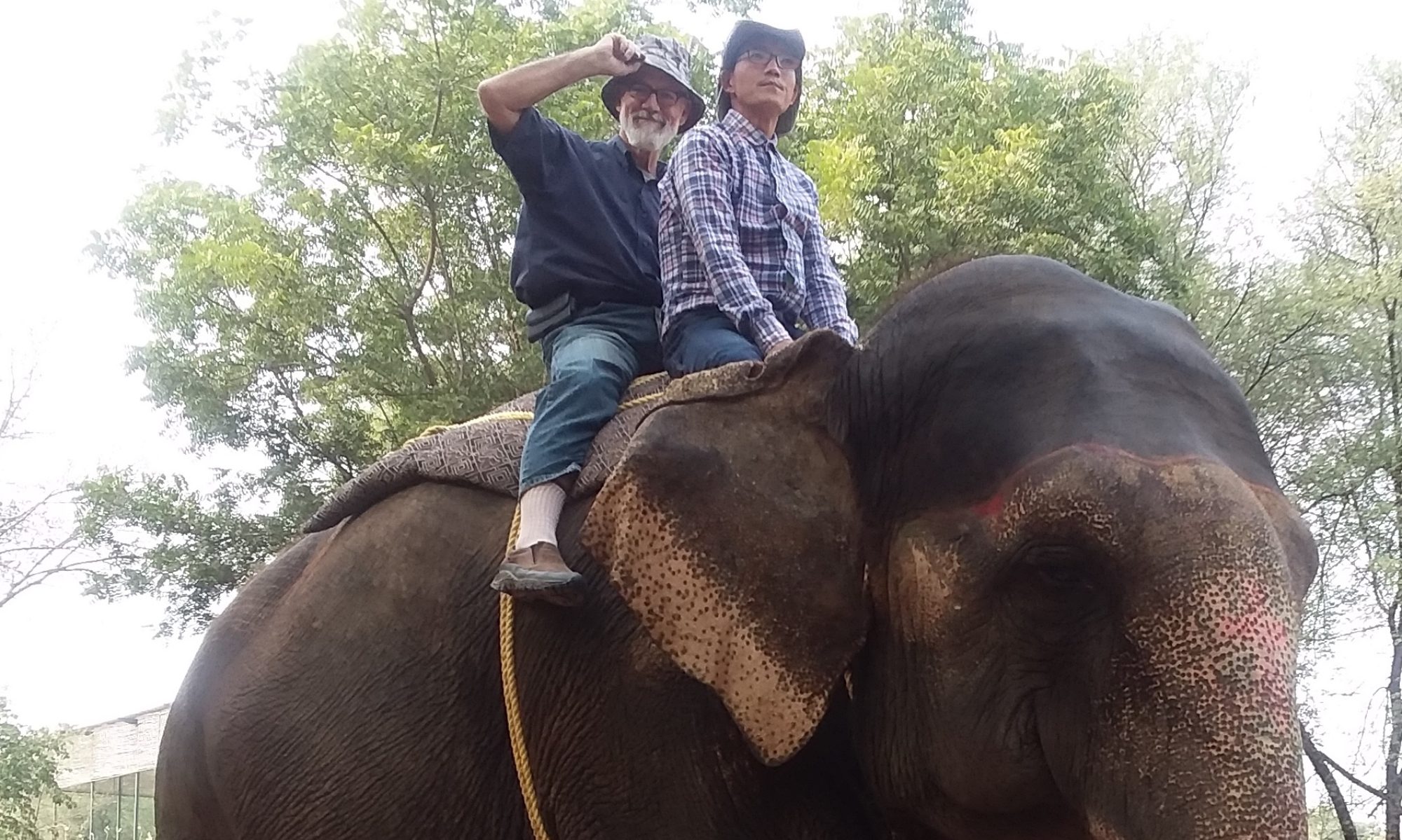
Down in the Thar Desert town of Jaipur, you can do things you can’t do in West Bengal.

Ride camels and elephants, for instance. Buy barley seed and climb, climb, climb up steep hills to attack the forts on top. (Not recommended – by the time you reach the fort, you’re so winded a nine-year old defender with a cricket bat could send you rolling back to the bottom.)

Another thing you can do is go on a safari and shoot leopards. Of course that is the first thing my barley-hunting farmer friend signed up for.
If you’re an animal rights activists and are balling up your fists and wishing to punch our heads, you can keep your shirt on. (Curious idiom. Comes from the time when angry men who wished to punch heads on a Sunday would first remove their shirts. Not being as affluent as angry men are today, a man only had the one good shirt and didn’t want his wife punching his head for getting it bloody.)
Sorry for the side-track, did I say shoot leopards with rifles? What I meant to say, in quote marks, was “shoot” them with cameras. (What now? You want to punch my head for deliberate homonym misuse? Well, it’s a free country I guess. Punch away.)
Yikes. This entire post is becoming parenthetical, I’d better get on the stick. (Another curious idiom. Lucky for you, I don’t know what it’s from.)
Leopards are mostly nocturnal, so you need to venture out when it’s dark enough for him to still be awake but light enough for you to see a leopard.
Even in the winter, the Thar Desert is hot. So one thing we didn’t think to pack is warm clothes. And one thing they don’t tell you – a thing everyone knew but us – is at 5am, the Thar Desert is not hot, it is cold. In the low forties. Like your refrigerator. My friend wore a thin, cotton shirt. I was in short-sleeves. The safari jeeps sit you in back above the windshield.

Then your driver listens to his walkie-talkie, hears where a leopard has been spotted and tears off as fast as he can. The effect is like being in Chicago on a blustery winter’s morning locked out of the house in your underpants.



We didn’t see a leopard on our first charge.
Or our second charge.


But our third wild, windy ride, was the charm. And here he is!

So assuming the world is ever released from covid house arrest and is looking for a teeth-chatteringly good time, my advice to you, world, is to take a Thar Desert Leopard Safari like a real* man – in winter, in short sleeves and shorts.
*stupid













































































